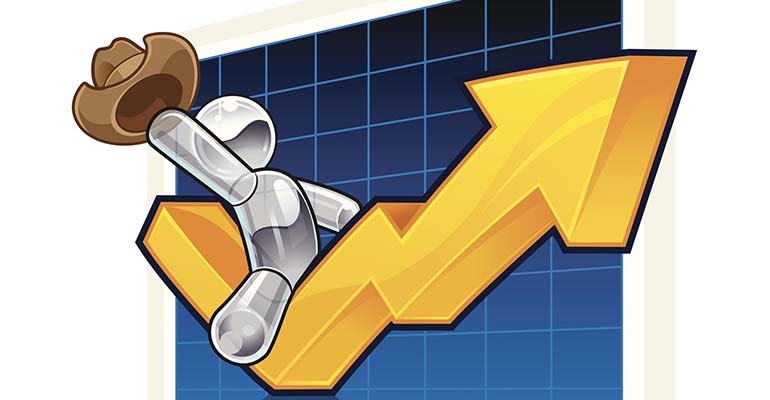July 10, 2020

“Hate your cows and love your grass.” When I first heard that I was shocked, but it may have been some of the best marketing advice I ever received.
One of the biggest problems we have in the cattle business is we love our cows. The only blowback I ever get from this blog is when I write that we should sell our overvalued cows when they are in their prime. I’ve been in the sale barn office after the auction was over and have seen the office gals take a big butt-chewin’ because some 18-year-old cow with a bad hip, blind in one eye, and only weighing 900 pounds didn’t bring enough. The seller always will make a comment about how great of a cow she was. Stop and think right there! She was a great cow. Past tense. If you wanted to get out of her what she was worth in your mind sell her while she’s still a great cow.
The fact we love our cows is why people tend to get into trouble. I used to think that this love of cows only got people into trouble during times of drought because they held onto them too long in hopes of getting rain. I now notice that the love of cows gets people into trouble even when there is an abundance of moisture.
I wonder if it’s because these people have no clue how to determine the carrying capacity of a pasture? I can’t help but wonder, if these people understood the value of grass, would change things?
Now we all kind’a get the value of cattle; the market determines that. What is the value of grass? Is it worth so much an acre? Or is it worth so much per an amount of time the cattle graze on it? Is it worth X-amount of dollars based upon weight gained? It’s hard to get people to agree on what grass is worth. Then people with grazing knowledge throw a monkey into the wood pile by bringing up things like trampling litter, capturing carbon, building soil, or soaking up rainfall. Granted, it takes cattle (or other livestock, but I am biased) to make these things happen.
A lot of people see that bit of grass that’s still there, the grass that hasn’t been grazed off, and it bugs them. They want to graze it down to the dirt. This is where the damage is done. In our inventory triangle money and feed are our base, our foundation. Poor grazing management destroys our base. For most people, if the foundation on their house was falling in they’d call someone to come fix it. The foundation of their operation is falling in and yet they consider it effective grazing if they got it all.
Leftover grass
What value does leftover grass have? I think it has to have some value because when it gets a rest period it grows back quicker than if it was grubbed to the ground. We can then come back and regraze it. I believe this certainly adds to our wealth. Building biological capital like this certainly has some value, but what is that value?
The only time I’ve seen a group of people ever come together and agree on the value of grass is when it is cut and in bale form, simply because it can be weighed.
If you take care of the foundation and go into a drought, you will be able to do some trading and make some profit while your neighbors are liquidating. I got a text this week from a friend who’s in a drought area. He told me its possible there to trade No. 2 feeder heifers for the same price as third-trimester bred heifers. Here’s what I like about that trade. The feeder heifer needs more time to upgrade, while the bred is very close to replicating herself. While the two may be the same price the bred cow has more value. I think this scenario clearly points out the value of managing grass better, and the marketing possibilities it can open up.
Better value of gain
This week the feeder market changed things up. Steers showed a big improvement in value of gain (VOG). On both steers and heifers, the seven-weight range was a dead spot, meaning the VOG was poor there. However, this improvement in VOG opens up opportunities to make some profitable feeder-to-feeder trades throughout the weight spectrum. Let me re-emphasize price relationships and VOG here. Just because VOG improved throughout the spectrum doesn’t mean you can sell a nine-weight and replace with anything lighter. At one auction you could profitably replace with anything except a six weight.
Another thing that I noticed that was different this week was the rollback between steers and heifers. Some auctions still had wide rollbacks, while others really narrowed that up. Depending on the auction at which you find yourself, heifers may or may not be the better buy.
This week, unweaned cattle were $8-10 back, feeder bulls were $20 back, and geographical spreads remain in place.
Fat cattle remained relatively steady. The thing is, they are so undervalued right now it’s going to take a big move, either in the fat price or feeder price to make a difference. Corn price has come up a bit now too, and as that starts to affect cost of gain it will of course affect relationships between feeders and fats as well.
The opinions of the author are not necessarily those of Beef Producer or Farm Progress.
About the Author(s)
You May Also Like






